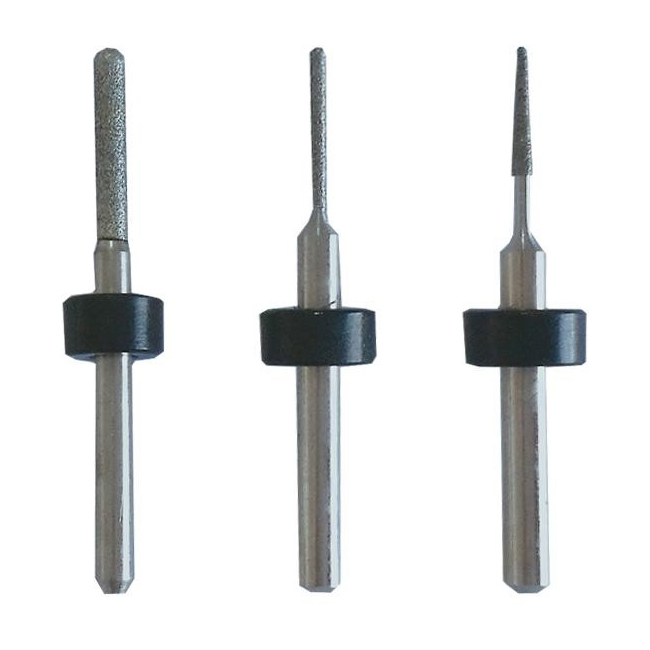what are the cad and cam?
what are the cad and cam?
When searching for dental laboratory-related tool terms, we find many inquiries about CAD/CAM. Therefore, we have collected the most often asked questions and summarized them to help you efficiently answer the queries.
What does the term CAD / CAM mean?
We can comprehend the word based on this explanation: CAD refers to Computer-Aided Design and CAM is for Computer-Aided Manufacturing; both are employed in the creation of objects. CAD/CAM software is utilized to develop and construct product prototypes, final goods, and production runs.
What are CAD CAM's two primary components?
The primary components of effective computer-aided design (CAD) and computer-aided manufacturing (CAM) programs are the user interface (UI) and the application logic.
What are CAD CAM advantages and disadvantages?
Advantage:
✅Rapid and exact production
✅Continuously running machines can perform repeated tasks
✅Compatible with mass/flow production lines
Disadvantage:
✅Expensive to install.
✅Requires an experienced workforce of engineers
✅Need downtime for maintenance
What is the distinction between CAM and CAD?
CAD means for Computer-Aided Design (in some circles, it might refer synonymously to Computer-Aided Drafting) and refers to the design or alteration of a digital model, whereas CAM is for Computer-Aided Manufacturing and controls the machine used to manufacture a part.
Who uses CAD/CAM?
The system permits simple adjustments, instantly translates between two and three dimensions, and automatically prepares supplier lists. Professionals in a variety of fields utilize computer-aided design tools. CAD occupations include those drafters, architects, and engineers.
What is the purpose of CAD / CAM dentistry and where may it be used?
With this technology, we can insert dental crowns, bridges, and implants in a single appointment.
CAD/CAM applications are utilized for both product design and CNC machining programming (US site). CAM software (US site) uses the models and assemblies developed in CAD software, such as Fusion 360, to generate toolpaths that control machine machines to create actual components from designs.
So How are CAD and CAM utilized in dentistry and how do they work?
The groundbreaking CAD/CAM technology allows you to design dental restorations for your patients on a computer screen. It operates by capturing the patient's tooth or teeth using an optical scanner and showing them in 3D.
The CAM system replaces hand-made jigs with software that defines a machine's actions and processes directly. The software for computer-aided manufacturing converts drawings and data into precise instructions that control automated tools/machines.
And when we use this device, we will undoubtedly employ a tool known as CAD/ CAM Milling Burs. There are various varieties of milling burs available according to brands, and so on. For example, regarding different material coating, there are several coating materials. Like the following for Imes-Icore240,250:

![]()
In addition, Materials used in CAD /CAM, For example:
Zirconia
Zirconia's structure is polycrystalline. It possesses a high bending strength. However, its optical characteristics and bonding capabilities are both weak. Its primary benefit is its mechanical durability. [21] Polycrystalline zirconia can be utilized for copings and frameworks due to CAD-CAM processing. Its exceptional mechanical qualities allow it to be used for long-span bridgework, and it can also be used for posterior fixed partial dentures with thinner cores. However, zirconia restorations are not as aesthetically pleasing as other types of ceramic.
Resin Materials
Resin composite, PMMA, and Nano-ceramics are the three available resin materials. PMMA is composed of polymers of polymethylmethacrylate with no filler. However, resin composite consists of the inorganic filler in a matrix of resin. Similarly, nano-ceramic consists of nanoparticles encased in a matrix of resin. Each of the three materials has low flexural strength and poor optical characteristics. However, the capacity to form bonds is highly effective. These materials have the benefit of being able to be manufactured rapidly by rapid milling, making them ideal for direct composite repairs. However, their utility is limited by their visual qualities.
Blog
- the comprehensive guide to using finishing and trimming carbide burs in dentistry
- understanding dental burs: types, uses, and techniques
- understanding carbide burs: comprehensive guide to their uses and benefits
- beginner's guide to using nail drill bits
- how to choose the right nail drill bit for your needs
- the latest trends in nail drill bit shapes
- ergonomics for endodontists: avoiding pain and strain from handpieces
- endodontic handpieces of the future: a sneak peek at exciting new designs
- pimp my handpiece-unleashing style and performance in your endo tools
- dental sandblaster buyer’s guide
